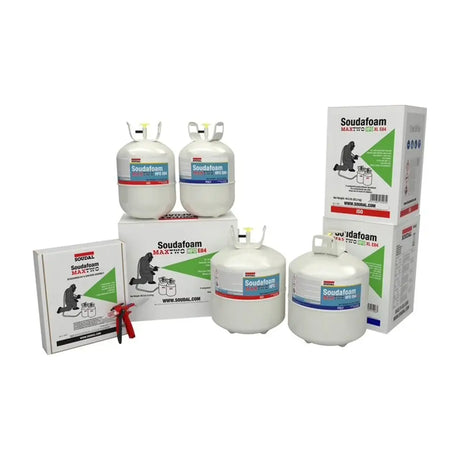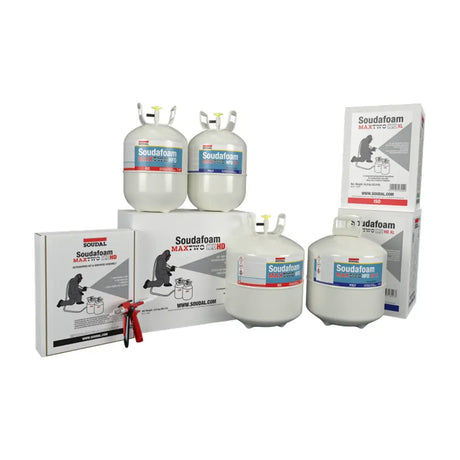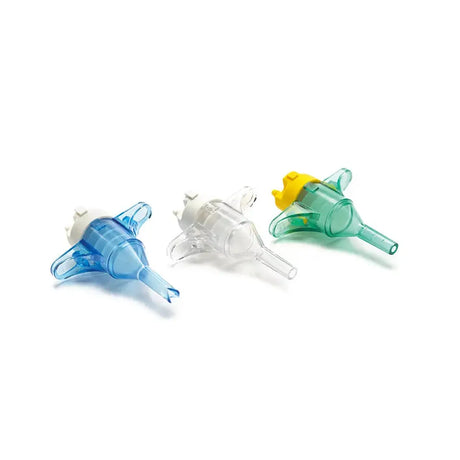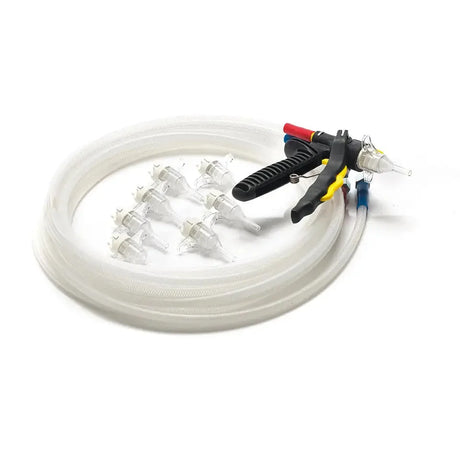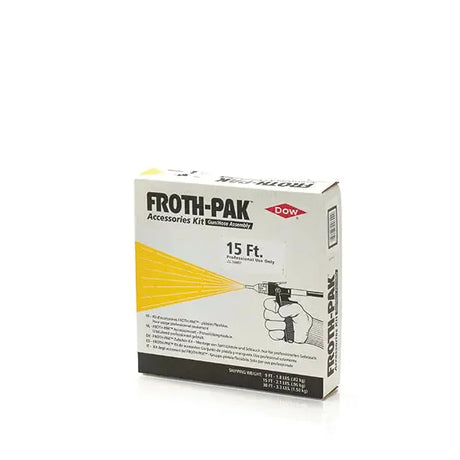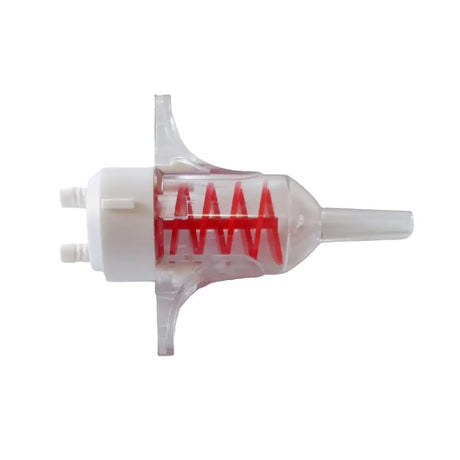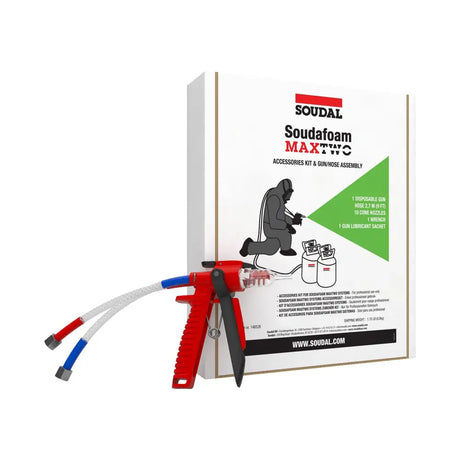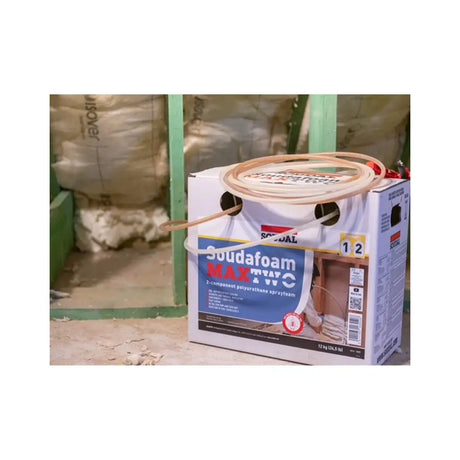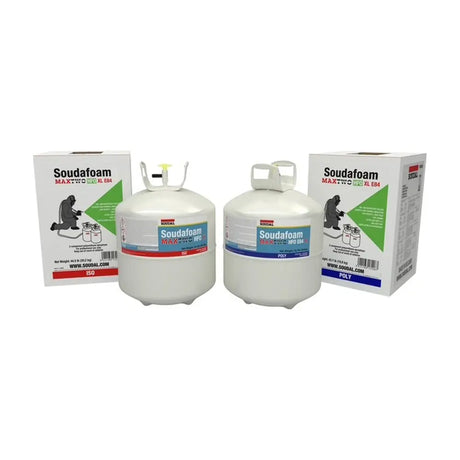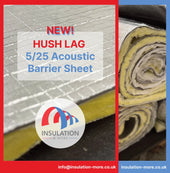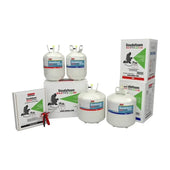Adhesives, Glues and tapes play a pivotal role in pipe insulation and pipe lagging as their role is to correctly, efficiently, effectively and safely secure your insulated materials, establish airtight seals, and safeguard against moisture and other environmental factors. This article delves into the various types of glues, adhesives and tapes used while installing or maintaining pipe insulation and other pipe lagging processes. We will detail their properties and offer guidance on selecting the most suitable products.
Unravelling the Adhesive and Tape Varieties
There is an array of adhesives and tapes readily available for insulation and with most things in insulation, suitable choices depend on many factors which we will explain later, here, we explore the most prevalent types and their unique characteristics.
- Spray Adhesives or Spray Glues: These are quick and efficient solutions for bonding specific lagging and insulation materials. With easy application and fast curing times, spray adhesives are perfect for large-scale projects requiring speedy completion.
- Foam Adhesives: Foam adhesives provide excellent adhesion for uneven or irregular surfaces, making them ideal for insulation purposes. They fill gaps and contribute to improved thermal performance.
- Self-Adhesive Tapes: These versatile tapes come with a pre-applied adhesive layer, ensuring hassle-free application and strong bonding. Self-adhesive tapes are typically suitable for various pipe insulation projects, offering reliability and durability.
Key Factors to Consider When Choosing Adhesives for Insulation
Selecting the appropriate type of glue/adhesive/tape for your insulated pipes and ducts is crucial for long-term performance and system integrity. Keep the following factors in mind when making the decision:
- Materials to be bonded: Assess the compatibility of the glue or tape with the materials you plan to join. Certain products may not adhere well to specific surfaces or may even cause damage. Also keep in mind that most manufacturers will make their own brand of adhesives and glues that are specifically formulated for their own products. For example, Armaflex makes Armaflex HT for External use applications and is used with the corresponding Armaflex HT series of Nitrile Rubber class O pipe insulation and Kaiflex makes their 414 and 494 series used with their Kaiflex ST series of EPDM synthetic rubber class O pipe lagging. Sometimes, it is possible to use them interchangeably, but advice and assistance from a professional is recommended.
- Temperature range: Evaluate the anticipated temperature fluctuations in the project environment. Opt for adhesives, tapes and glues capable of withstanding the expected temperatures to ensure lasting effectiveness and safety.
- Environment and exposure: Consider the environmental conditions the adhesive or tape will encounter. Choose products resistant to moisture, chemicals, and other potential hazards to maintain their integrity and performance. Use products rated for external or outdoor use in those environments and those manufactured and tested for indoor use in the same manner.
Enhancing Pipe Insulation and System Longevity with the Right Adhesives
By thoroughly understanding the various adhesive and tape options and carefully assessing the project's specific needs, you can select the most suitable products to guarantee optimal results. Whether you are working on plumbing, HVAC, refridgeration or any other type of DIY, industrial or commercial project, investing in the right adhesives and tapes will contribute to the long-term performance, effectiveness, and overall integrity of the system.
Application Techniques for Adhesives and Tapes
To ensure you don't damage your pipes, lagging or equipment, it is vital to employ the correct application techniques when using adhesives, glues and insulation tapes. Below are some key tips to bear in mind:
- Surface preparation: Prior to applying the adhesive substance, make sure the surfaces are clean, dry, and free from dust, grease, or any contaminants that could hinder adhesion. This step is crucial in guaranteeing a strong bond and lasting performance.
- Application temperature: Be mindful of the temperature during application, as it can affect the adhesive or tape's bonding capabilities. Consult the manufacturer's guidelines for the ideal temperature range to achieve optimal results.
- Applying pressure: When applying adhesive or tape, it's typically (but not always) essential to exert adequate pressure to ensure proper contact between the surfaces. This action can enhance the bond strength and ensure a secure connection.
- Curing time: Allow sufficient time for adhesives and tapes to cure or set before subjecting them to stress or load. Refer to the manufacturer's instructions for the recommended curing time to prevent premature failure or weakened bonds.
The Importance of Regular Maintenance and Inspection
Regular maintenance and inspection of the pipes, insulation, joins and seals can help to detect potential issues and extend the life of the insulated lagging. Keep the following suggestions in mind:
- Visual inspection: Conduct periodic visual inspections to identify any signs of adhesive or tape failure, such as peeling, cracking, or delamination. Address these issues promptly to avoid further complications.
- Performance assessment: Monitor the overall performance of the entire insulated system, pipework or ductwork. If you notice a decline in efficiency or an increase in energy consumption, it could indicate insulation gaps which could be due to failing glues or tapes
- Scheduled maintenance: Establish a routine maintenance schedule to keep the systems in top condition. This practice can prolong the life of the adhesives and tapes and ensure the continued effectiveness of the insulated pipes or systems.
Safety Precautions When Working with Adhesives and Tapes
To guarantee a secure working environment and avoid potential hazards when using adhesives and tapes, follow these safety precautions:
- Read the manufacturer's guidelines: Familiarise yourself with the manufacturer's instructions and safety recommendations before using any adhesive or tape. This practice will ensure you are aware of any potential hazards and the correct handling methods.
- Wear appropriate personal protective equipment (PPE): When working with adhesives, especially those containing chemicals or solvents, wear suitable PPE, such as gloves, safety goggles, and a respirator, to protect yourself from potential exposure.
- Ensure proper ventilation: Use adhesives and tapes in well-ventilated areas to prevent the build-up of harmful fumes. If you are working in a confined space, consider using a fan or extraction system to maintain adequate airflow.
- Handle materials with care: Exercise caution when handling adhesives and tapes, particularly when cutting or trimming. Use sharp, well-maintained tools and employ safe practices to avoid injuries.
Environmentally Friendly Adhesives & Glue Options
As environmental awareness continues to grow, an increasing number of eco-friendly adhesive and glue options have become available. These alternatives can help reduce the environmental impact of your pipe lagging and insulation projects:
- Water-based adhesives: These glues and adhesives utilise water as their primary solvent, resulting in lower volatile organic compound (VOC) emissions. Water-based adhesives are a more environmentally friendly choice compared to traditional solvent-based adhesives.
- Biodegradable tapes: Biodegradable tapes are manufactured using materials that can break down naturally over time. These tapes reduce waste and offer a more sustainable option for various applications.
- Recycled content tapes: Tapes containing recycled materials can minimise the environmental footprint of your project. Look for products with a high percentage of recycled content to ensure you are making an eco-conscious choice.
The Future of Adhesives and Tapes in Insulation
As technology advances and new materials emerge, the adhesive and tape industry will continue to evolve. Innovations in material science and manufacturing processes are likely to result in adhesives and tapes with improved performance, durability, and environmental compatibility. Staying up to date with these developments can help you make informed decisions and select the best products for your insulation, pipe, and plumbing projects, ensuring their long-term success and sustainability.
Conclusion
Selecting the right adhesives and tapes for insulation, pipe, and plumbing, HVAC and other construction and maintenance projects is an essential aspect of achieving long-lasting, effective results. By understanding the different types of adhesives and tapes available, considering the unique requirements of the project, and employing proper application techniques, you can ensure the success of the project and maintain the integrity of the system. Additionally, regular maintenance and inspection can help detect potential issues early on, prolonging the life of the adhesives and tapes and contributing to the overall efficiency of the pipes, ducts and other insulated systems.






